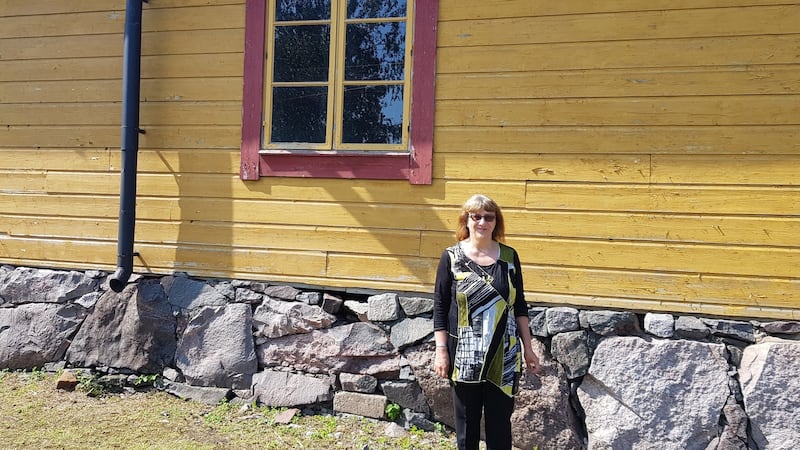The detention facility on Suomenlinna Island in Helsinki is probably the only prison in the world where people trying to get in is a bigger problem than people trying to get out.
"Tourists get curious. Sometimes they wander in," says director Sinikka Saarela with a smile. This is because the prison is located within Suomenlinna Fortress, a Unesco World Heritage site and Finland's most popular tourist attraction.
It is not very hard for tourists to get in or for any of the prison’s 100 inmates, or “clients” as officials call them, to get out. The only barrier is a 1.5m picket fence and then it is just a short ferry ride to the city. But escapes are rare.

“I’ve escaped from other open prisons,” says one inmate who is serving his fourth custodial sentence and who asks not to be named. “But I haven’t escaped from here. I don’t want to mess up what I have.”
Most prisoners spend the day outside the fence anyway, restoring and maintaining the fortress for €8 an hour or attending educational courses in the city.
“It’s hard work but for prison it’s not a hard life,” says Gerry, an inmate working in construction, as a column of the prison’s resident geese waddles past.
In the evenings, prisoners can use the library, have a barbecue or lift weights while overlooking Helsinki’s beautiful bay.
Penal system
Suomenlinna Prison is the jewel in the crown of Finland's penal system, and officials will spend the six months year showing it off to European politicians as part of the country's presidency of the EU. Minister for Justice Charlie Flanagan has said Ireland can learn from the Finns' example. *
About 58 per cent of Irish prisoners reoffend within two years of release, compared to 40 per cent in Finland.
The country has the EU’s lowest rate of imprisonment – 51 per 100,000 compared to 82 per 100,000 in Ireland. The number of under-18s in custody rarely rises above 10 (currently 56 in Ireland) and the criminal age of responsibility is 15 (12 in Ireland).
Finland is a proud subscriber to the Nordic model in all areas of life including its penal policy. Nineteen of its 26 prisons are small, open facilities. One in every three prison beds is in a open facility.
By comparison, Ireland has two open prisons, making up 6 per cent of total prison beds.
‘Harsher sentences’
Finland can have such a liberal regime because the public supports it; open prisons have been in operation here since just after the second World War, a decade before the UN defined the concept in writing, the prison service's director general Esa Vesterbacha explains.
“There are voices calling for harsher sentences but in general the current approach is popular.”
This is helped by Finland’s low crime rate. Despite having the fourth-largest number of gun owners in the world, it has one of the lowest murder rates.
However some public officials quietly express concern that public acceptance of the Nordic model might be on the wane. A significant increase in sexual crimes has caused much public debate with some popular far-right groups blaming it on the massive influx of people to Finland during the 2015 migrant crisis. This may be related to another worrying trend; hate crime is also on the rise. There were about 90 racially motivated incidents last year, although most were relatively minor.
And Finland continues to have one of the worst records in Europe for domestic violence, although one official suggests this is because Finnish women are more likely to report it than in other countries.
* This article was amended on July 19th, 2019










